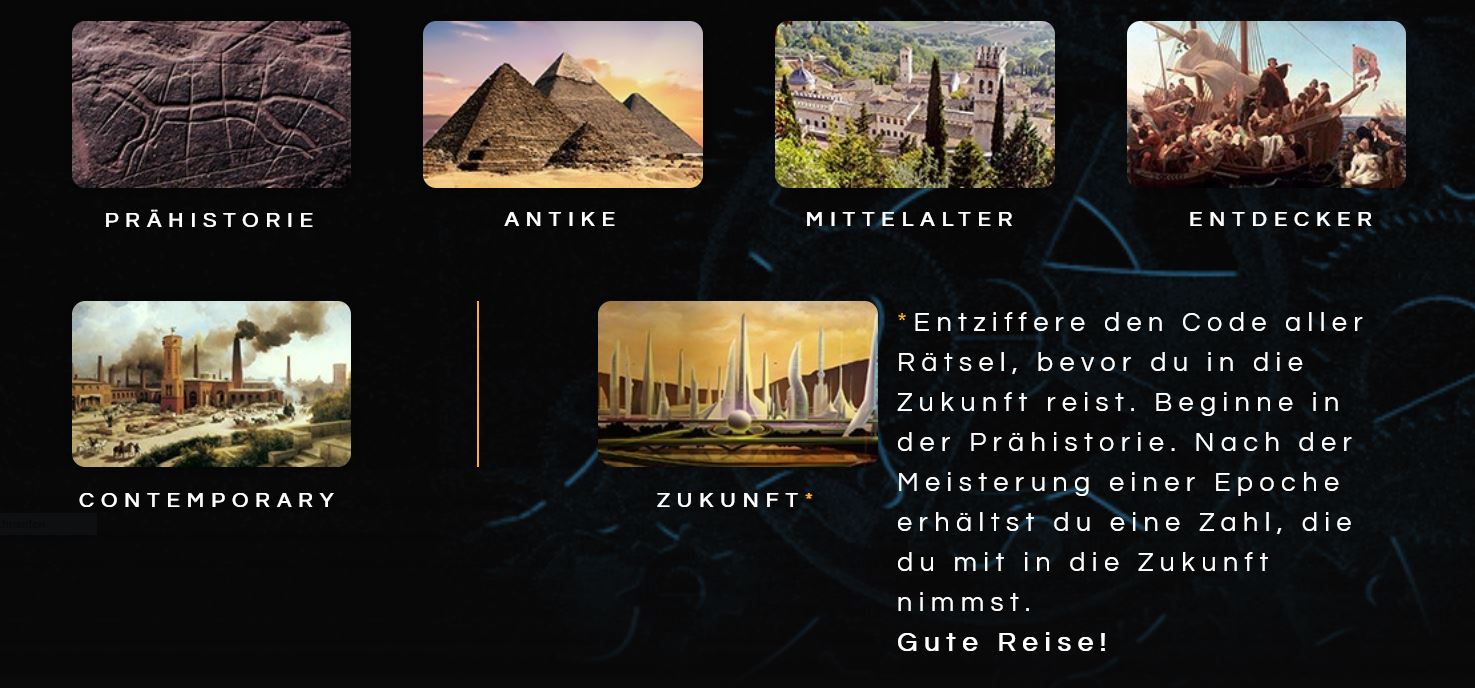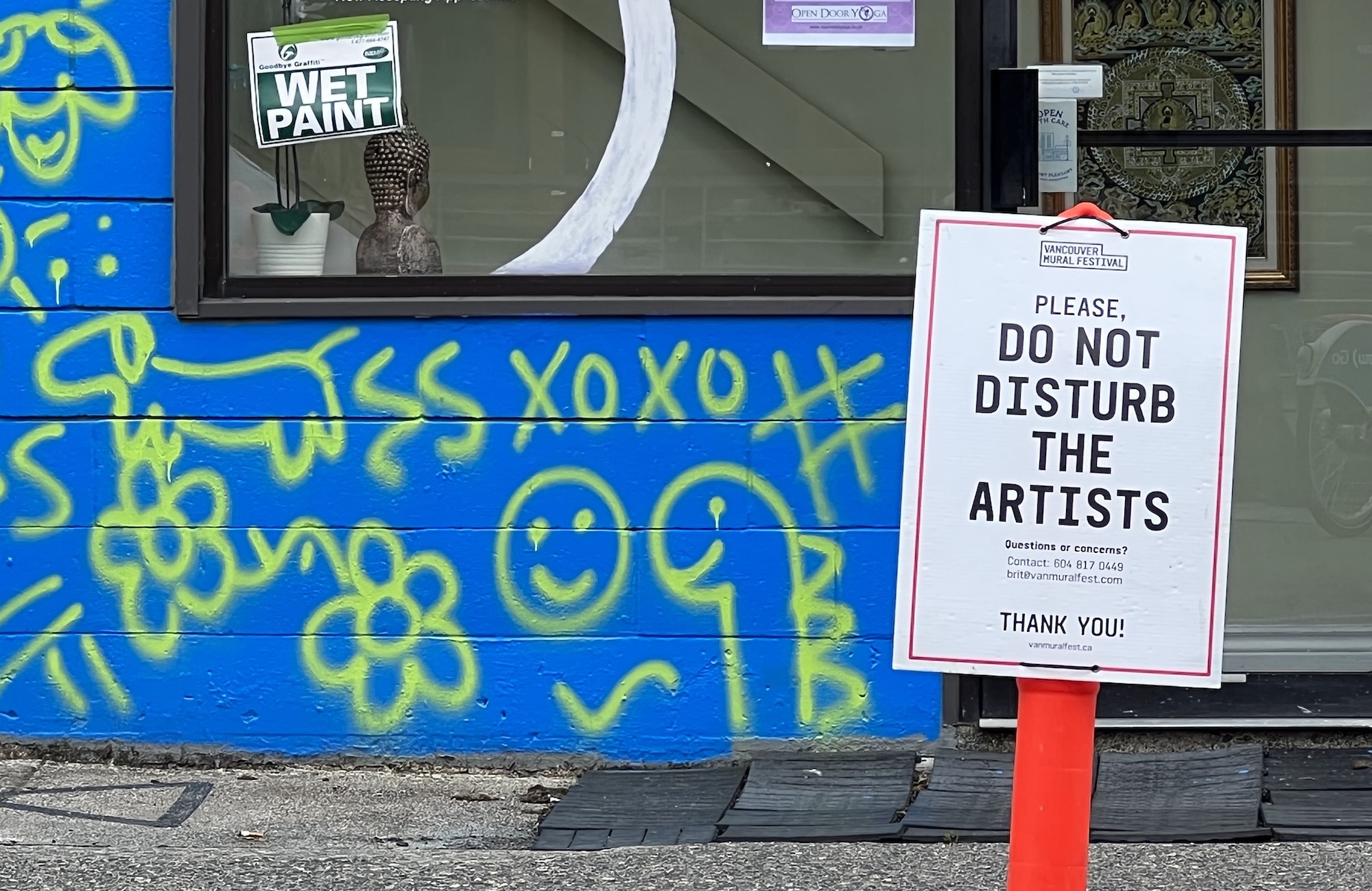Best Practices
In early 2022 future.film.education reached out to professionals of film and media schools to submit their best practices on online teaching within their institutions and film and media courses. Here you can find a selection of some best practices from film and media schools worldwide.
We invite you to get inspired, share your skills, experiences, didactical concepts and innovative methods!
 1 Filmic working methods
1 Filmic working methods
Tommy Spaanheden, HDK-Valand, Göteborg
In this online course, through your own practical film exercises, you will develop filmic working methods and encounter concepts such as observation, staging, imaging, space, time, focused seeing and listening.
You get training in conducting a constructive dialogue about your own work as well as the course participants work.
The exercises are based on predetermined practical limitations where you decide the content yourself. In the interaction that occurs between shooting, editing, screening and discussions, you are trained to formulate yourself around your filmic work, both verbally and audiovisually.
The course participants can consist of both first time and experienced film makers.
To attend the course you need a smart phone camera or above and a computer with some kind of editing software.
A digital learning platform is preferable to contain all the learning material as tutorials, digital lectures and similar.
The flipped classroom pedagogical teaching model is very usable for this kind of course.
The course consists of 10 modules that each spans 2 weeks. One module equals everything that revolves around a one practical film assignment.
Each module consists of: Preparation:
Pre-recorded video-lectures on the topic and concepts of the assignment.
Execution:
The students work with the practical film assignment based on concepts and certain limitations that are introduced during the course. Each student has approx 1.5 weeks to plan, record and edit the assignment before uploading the result in the digital learning plattform.
Reflection:
On-line seminars with group discussions on each students resulting work. After the execution phase they have two days to watch and prepare feedback on each others work. One student gives feedback on one other students work in the on-line seminar after a structure that we call ’The Feedback Model’. You can of course use any relevant feedback model but this is the one that we use.
- What have you seen/what have you heard? (described as dry as possible, without any interpretations)
- What do you understand, what do you not understand?
- What do you interpret, what do you feel? (associations etc)
- What do you take away from what you have seen and heard? (what did you learn by watching this?)
The aim of the course from the teachers point of view:
With the specified aim of the course to prompt the student to find and develop their own interest and the methods best suited to communicate it, the question arises how to achieve this.
Working from the premise that knowledge is something that is continually developing and growing, emphasis lays on the group discussions.
Learning does not only happen in the weeks between the meetings and the meetings themselves are not only time for presentations, but places for learning support from peers and teacher. Where the skills, discoveries and problems found during the practical phase can be contextualized and discussed. In this way it is the process of learning that is the main focus.
Through this iterative approach where: technical skills, definition and redefinition of aim and interest, and the results from practical work are cultivated and refined through the process of the course, we try to respect the fact that learning is a result from an interwoven process of actions, not a passive process of listening or reading.
Each student is a co-creator of the course where there is a responsibility for each one to share and partake, to be active as a student is therefore essential. The role of the teacher is with this in mind to provide learning support, manage the atmosphere of the group, focus discussions to cover relevant subjects and incite the students' own thought processes by putting open ended questions.
 2 Intercultural competence for producers
2 Intercultural competence for producers
Eva Maria Bäcker, ifs Cologne
The online workshop "Intercultural competence for producers" at the Internationale Filmschule Köln (DE) has included a final examination in gamification format. The course aimed to develop sensitivness in critical situations, perception of critical incidents and dealing with conflics during filmmaking process. At the end of the course the participants had to pass a test which was presented as game (competition in an escape room). The game was made with the online tool genial.ly, which offers ready-made and blank templates. The taken questions in this example could be adapted to the content or supplemented for a next course. The students were devided into teams and worked together in breakout rooms. They got a briefing before. A kind of award was offered for the fastest team. After making the competing with the trial questions, the students discussed the findings together. Click on the picture to discover the escape room.
Tools: genial.ly; breakout rooms on Zoom
3 From the Expressionist to the Postmigrant Age
Catharina Hille
The preparation of the teachers for the online seminar is very time-consuming, as the students receive many self-study packages. Therefore, one should allow 50-70 hours for preparation, since in addition to the content preparation, the digital part with e.g. quizzes and the recording of videos also count.
The online seminar of Cinematography BA is divided into 8-10 packages per semester. The system of packages is explained at the kick-off meeting. A package contains one or more short videos or screencasts of max. 20 minutes from the instructor, which have to be processed with a basic knowledge of film analysis. In addition to these introductions to literature and film, there is a PowerPoint presentation to download for notes, (supplementary) literature, quizzes and puzzles for self-evaluation, application tasks and/or transfer tasks (individually or in small groups), which must be handed in by a certain time. The face-to-face sessions (either via Zoom or on-site) with the instructor, which take place every 3 weeks, are used to clarify and share questions and results.
Tools: iSpring suite; Visme; Prezi; Slack; Miro or Conceptboard
4 Expanded Documentary
Karla Berry, Southern Illinois University
I have witnessed many faculty underestimate the time it takes to develop an innovative and effective online course. Following the Quality Matters standards (https://www.qualitymatters.org), my course design and development require many months of identifying and curating mediated learning assets; designing modules and pages that push the affordances of D2L Brightspace (my institution’s LMS); and creating logical navigation and interaction for better learning experiences. For the most part, I do it all myself.
Developing quality online courses is very much like producing effective media projects. We select the best learning assets, assemble the most effective course modules, and deliver the most “sticky” content through appropriate channels. My online teaching practice infuses adapted skills from 30+ years of classroom teaching with evidence-based best practices in remote, mostly asynchronous learning experiences.
I aim to create “courseware” that guides students through their learning and facilitates sustained engagement. I do not want the technology to be a barrier to learning. I attempt to design immersive engagement through reading, watching, applying, and collaborating. I aim for online student-centered learning experiences where students can engage with the content, with the other students, and with the instructor during their individual time allowances.”
The online workshop „Intercultural competence for producers“ with gamification test aims developing sensitivness in critical situations, perception of critical incidents and dealing with conflics during filmmaking. Before and at the end of the training tha participants write the quiz in gamification format with the online tool "genial.ly", which offers ready-made templates. Selection of the material, such as questions and (given) solutions, can be put in the template with a link. The questions can be adapted to the content or supplemented. During the implementation participants were devided into teams in breakout rooms, the trainer did a briefing rally, and there was a prize offered fort he fastest team too, then they discussed and evaluated the results together by clarifying the meanings of the solutions.
Tools: Lucidspark (interactive whiteboard); Bongo Video Assignment (integrated into D2L Brightspace); Echo360 Active Learning Platform; D2L Brightspace; Sundance Collab; ATAS Television Legends (personal history interviews); Thinglink; Adobe Creative Cloud (especially Adobe Spark)
5 Transmedia Storytelling and Immersive Media Formats
Viktoria Szabó, MOME Budapest
Transferring theoretical and practical knowledge on transmedia storytelling and immersive media formats during a 5 day long international and entirely online workshop she gave out the assignment to create THE MESSAGE FROM EARTH. Telling stories to an unknown audience is one of the greatest challenges storytellers have to face. Hence it is an important skill to develop. To express the ideas in a way that one would understand them regardless of cultural and geographical backgrounds starts with thinking about the general ways of understanding.
The students attended lectures and group sessions in a virtual workshop space especially designed for the event (only free access and online platforms were used which did not require special computer skills or coding knowledge). In this space, there were classrooms created for the teams and also some room for informal gatherings where students could spend time together and learn more about each other. Here they were able to share some music or video on their works also.
Platforms: ohyay.co; discort.com; Google Docs
6 Interactive Digital Storytelling
Ágnes Karolina Bakk, MOME Budapest
Basics of interactive digital storytelling and possible genres of immersive storytelling - a whole semester hybrid course.
During the semester Ágnes presented the key notions of immersion, interaction, storytelling; current trends in AR, VR, narrative video games, alternate reality games, and discussed the questions of agency, presence, technology and European narratives. She used gather.town platform, that allows the participants up to 25 person to be there for lectures and teamwork too by discovering the game-like environment. Thanks to the arrangements of the platform the teacher can "walk around" to consult in the process of the group discussions. The platform also allows special playfulness as the groups could choose personified avatars and they could also share notes, presentations.
For closing students prepared a presentation about a planned immersive storytelling universe that works across minimum three media platforms: this could be an entirely fictional world or a non-fiction universe that has a planned social impact. The students had to specify the subject, the genres used, as well as how the various platforms do not tell the same story but are complementary.
Platforms: ohyay.co; discort.com; Google Docs
7 Research Process
David Ongenaert, Ghent University
The 50 hours course focusing on helping students being capable of conducting a whole research process with the aim of further strengthen the symbiosis between education and research.
By facilitating different ways of action and expression and using experiences from the lockdown periods David makes use of an adequate mix of online learning, e-learning, self-study, and group assignments, and interactive moments in class through working with digital learning tools (e.g., Wooclap, Canvas LMS, Kahoot), discussion moments, flipped classrooms etc. Relatedly, he offers different evaluation ways, including through varied evaluation forms and tools, different question types, and clear and varied feedback.
 8 Artistic Research - Theory
8 Artistic Research - Theory
Sunedria Nicholls-Gärtner, ifs Cologne
The aim of the course was to introduce theoretical basics for practiced-based artistic research with the focus to support students to become responsible for their own learning in an online environment and to prepare them for conducting and discussing artistic research.
The moderator/teacher needs two weeks writing and collecting material prior to the 20 week course. During the course students were required to find 2-3 hours per week to either read articles, watch short videos or complete an excercise that was posted weekly on an online learning platform (wordpress), and create a 500 words post too three times in the semester. Students were also asked to discuss between themselves and to comment on the posts of the others, creating a visible dialogue between them. This was done a-synchronus.
Further three guest lecturers in zoom meetings (synchronus) spread out throughout the course were offered, so that the students could get feedback from experts on their project proposals and ask questions about research in general. We used the online platform Spaces and Zoom.
Source of inspiration: Royal Roads University in Canada has become a leading expert on how to remain human while teaching online. I highly recommend looking at how they structure their information on online teaching and the range of considerations they include: https://www.royalroads.ca/why-royal-roads/learning-experience/online-learning
9 3D Essentials
Milosh Jovanovich:, Crater Training Center
Learning objectives: acquiring skills with employment purpose within the computer graphics and animation industry
Preparation: For students, there are criteriums they have to meet before they apply for the course, for the Lecturers update industry examples, if there are software updates examples and exercises get optimized.
Implementation: Courses are held in a hybrid form, most of the students are in the classroom in the school, and few of them are online. To be able to have the same quality of lectures, online students need to have two monitors, one for them to work on, and one for them to follow the lecturers screen. Breaks are often, lecturers frequently ask online students if the pace is good. For the students that are in the classroom, lecturer approach them at their work units for questions. If the question is relevant for everyone in the classroom, lecturer repeats the question in the microphone. We also have consultation after the course.
Tools & Materials: Videos, industry tasks, companies sometimes share their intro tasks and lecturers do a break down, we have a library also at the school. Softwares (Maya Autodesk and Substance Painter), work stations.
Sources for Inspiration: Movies and games that are made in Crater Studio, and games that have been made by our lecturers, also their art projects.